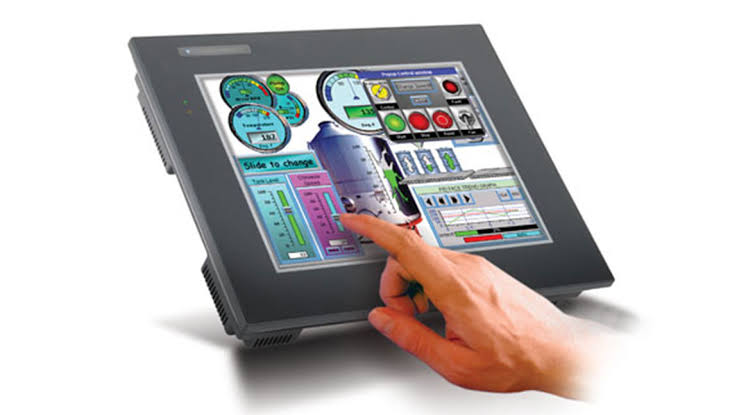
HMI Design, Interface & Repair
What is an HMI designer?
HMI Design is the practice of building HMI screens that are intuitive to the end user, pleasing to the eye and are efficient to operate.
We create and develop attractive and functional interfaces for products and systems. We help you definethe right user interfacefor your solution
Human-Machine Interface (HMI) design is crucial for ensuring effective communication between users and machines. Here’s a breakdown of HMI design, interface, and repair:
HMI Design:
1. **User-Centered Design**: The design process should prioritize the needs and preferences of the end-users. Conduct user research to understand their requirements, preferences, and pain points.
2. **Intuitive Interface**: Design an interface that is easy to understand and navigate without extensive training. Use familiar metaphors and icons where possible.
3. **Consistency**: Maintain consistency in design elements such as layout, color scheme, typography, and navigation across different screens and applications.
4. **Feedback Mechanisms**: Provide feedback to users when they interact with the interface. This could be in the form of visual cues, sound effects, or haptic feedback.
5. **Accessibility**: Ensure that the interface is accessible to users with disabilities by following accessibility guidelines and standards.
6. **Scalability**: Design the interface to accommodate future updates and expansions without requiring significant redesign.
HMI Interface:
1. **Graphical User Interface (GUI)**: Most HMIs use a GUI consisting of visual elements such as buttons, sliders, menus, and indicators to facilitate interaction.
2. **Touchscreen Technology**: Touchscreens are common in modern HMIs due to their intuitive nature. Design the interface with touch gestures in mind.
3. **Physical Controls**: In some cases, physical controls such as knobs, switches, and levers may be integrated into the HMI for specific functions.
4. **Multi-Platform Support**: If the HMI is used across different platforms (e.g., desktop, mobile, tablet), ensure that the interface is optimized for each platform while maintaining consistency.
HMI Repair:
1. **Diagnostic Tools**: Use diagnostic tools to identify the root cause of HMI malfunctions. This may involve software-based diagnostics or physical inspection of hardware components.
2. **Troubleshooting Guides**: Develop troubleshooting guides to help users and technicians identify and resolve common issues with the HMI.
3. **Replacement Parts**: Keep an inventory of replacement parts for quick repairs. This includes components such as touchscreens, buttons, and circuit boards.
4. **Software Updates**: Regularly update the HMI software to fix bugs, improve performance, and enhance security. Ensure that updates are compatible with existing hardware and configurations.
5. **Training**: Provide training to technicians on HMI repair procedures and troubleshooting techniques to minimize downtime and ensure timely repairs.
Effective HMI design, interface, and repair practices contribute to improved user experience, increased productivity, and reduced maintenance costs.